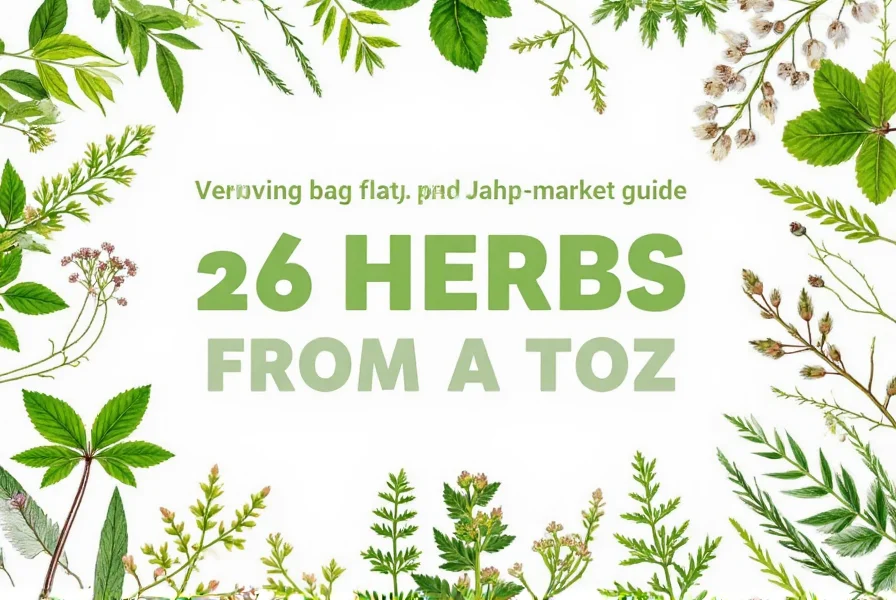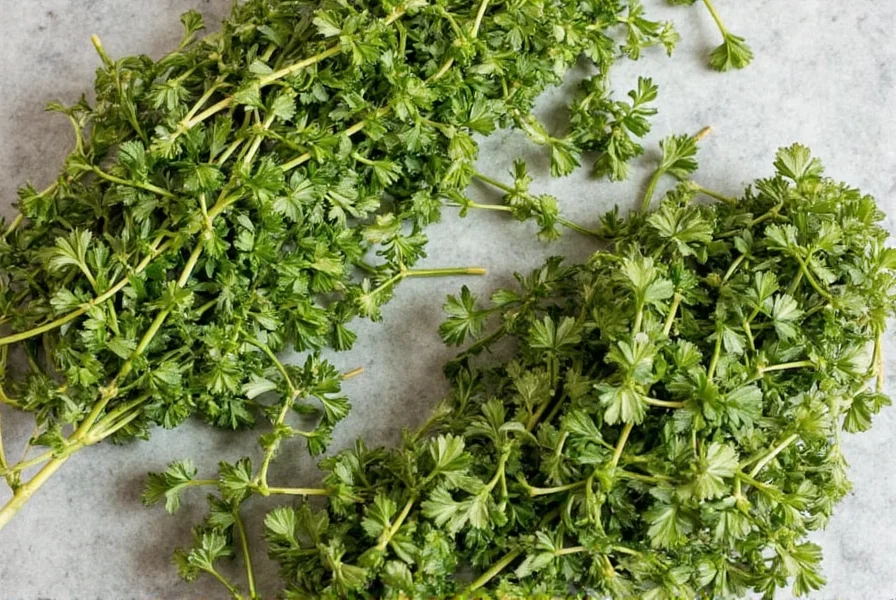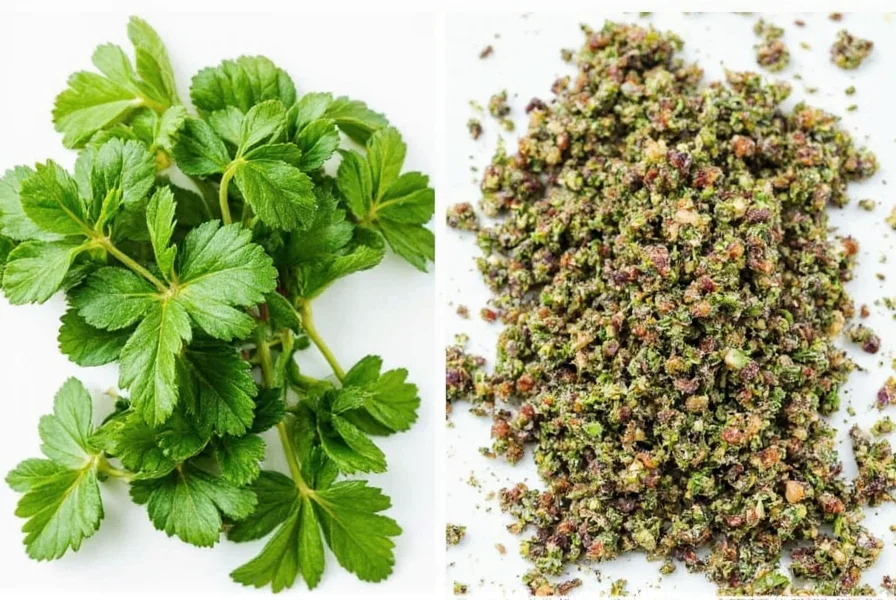Mexican Oregano vs. Mediterranean Oregano: What's the Real Difference?
If you've ever stood in the spice aisle staring at two bottles labeled "oregano" only to find they're from different regions — one marked Mexican Oregano, the other Mediterranean Oregano — you’re not alone.
Are they interchangeable? Do they taste the same? Can you substitute one for the other without ruining your dish?
In this article, we'll break down everything you need to know about the difference between Mexican oregano and traditional (Mediterranean) oregano — from their botanical origins to their culinary applications, and yes, even how to store them properly.
Table of Contents
- Section 1: What Exactly Is Oregano?
- Section 2: The Botanical Breakdown – Different Plants, Same Name?
- Section 3: Flavor Profile Face-Off
- Section 4: Culinary Uses Compared
- Section 5: Visual Comparison Table
- Section 6: How to Choose and Store Each Variety
- Section 7: Substituting One for the Other
- Buying Guide: Top Picks for Authentic Flavors
- Conclusion: Spice It Up with the Right Oregano!
Section 1: What Exactly Is Oregano?
Oregano is a staple herb found in many kitchens worldwide. Known for its aromatic leaves and bold flavor, it's commonly associated with Italian and Greek cuisine. But here’s where things get interesting — when you hear “oregano,” you might be getting one of several species depending on where it’s grown.

The word 'oregano' comes from the Greek language — “oros” meaning mountain, and “ganos” meaning joy — translating to “joy of the mountain.” While that poetic description fits the Mediterranean version perfectly, Mexican oregano has its own rich story to tell.
Section 2: The Botanical Breakdown – Different Plants, Same Name?
Despite sharing the name, Mexican oregano and Mediterranean oregano are not actually the same plant species:
- Mediterranean Oregano: Also known as true oregano, it belongs to the Lamiaceae family and the species Origanum vulgare.
- Mexican Oregano: Part of the Verbenaceae family, it comes from the species Lippia graveolens.
This means while both deliver an oregano-like aroma and flavor, they are entirely different plants botanically — like distant cousins who happen to look alike.
Section 3: Flavor Profile Face-Off
One of the biggest reasons these two herbs aren’t always interchangeable is their flavor profile:
| Feature | Mediterranean Oregano | Mexican Oregano |
|---|---|---|
| Taste Notes | Earthy, minty, slightly bitter | Citrusy, woodsy, smoky, more intense |
| Aroma | Fragrant, herbal | Pungent, floral, slightly spicy |
| Common Use | Pizza, pasta sauces, grilled meats | Mole sauces, chili, salsas, soups |
| Heat Tolerance | Retains flavor well during long cook times | Flavor deepens with slow cooking |
Key Takeaway: If you're making a classic Italian tomato sauce, Mediterranean oregano is your go-to. For authentic Mexican or Tex-Mex dishes, especially those with deep, earthy undertones, reach for Mexican oregano.
Section 4: Culinary Uses Compared
Both types are used widely in global cuisines, but each shines in different culinary contexts.
- Mediterranean Oregano:
- Ideal for: Tomato-based sauces, marinades, pizza, and roasted vegetables.
- Best paired with: Basil, thyme, garlic, and olive oil.
- Mexican Oregano:
- Ideal for: Mole, chili con carne, enchiladas, stews, and bean dishes.
- Best paired with: Cumin, coriander, cloves, cinnamon, and smoked paprika.
Section 5: Visual Comparison Table
| Characteristic | Mediterranean Oregano | Mexican Oregano |
|---|---|---|
| Botanical Name | Origanum vulgare | Lippia graveolens |
| Origin | Mediterranean region (Europe) | Mexico, Central America, Southwestern U.S. |
| Flavor Intensity | Moderate | Stronger, more complex |
| Drying Process | Sun-dried, delicate leaves | Heavily dried, sometimes toasted |
| Leaf Appearance | Small, oval, green-gray | Bigger, thinner, brownish-green |
| Cooking Methods | Used fresh or dried | Usually used dried |
Section 6: How to Choose and Store Each Variety
Whether you’re buying dried leaves or fresh sprigs, knowing how to pick the right type matters.
- Choosing Fresh Mediterranean Oregano:
- Look for bright green, firm stems with no signs of wilting or yellowing.
- Smell test: Should smell pungently herbal and slightly minty.
- Choosing Dried Mexican Oregano:
- Check packaging for origin; ideally, look for Mexico or Southwest U.S. sources.
- Color should be dark green to brownish; avoid faded or dusty-looking batches.
Storing Tips
- Fresh Oregano can be kept in the fridge wrapped in damp paper towel inside a plastic bag for up to a week.
- Dried Oregano should be stored in an airtight container away from light and moisture. Label clearly to avoid confusion between the two types.
- For best potency, use within 6–12 months.
Section 7: Substituting One for the Other
While possible, substituting one for the other requires care:
- Substitute Mexican Oregano for Mediterranean:
- Use sparingly due to stronger flavor; reduce quantity by half.
- Add in the last hour of cooking to avoid overpowering other ingredients.
- Substitute Mediterranean Oregano for Mexican:
- You may miss out on the citrusy depth, so consider adding a pinch of cumin or lime zest to compensate.
Pro Tip: When cooking internationally, try to match the oregano to the cuisine — it makes a world of difference!
Buying Guide: Top Picks for Authentic Flavors
Here are some trusted brands and products for both types of oregano:
Mediterranean Oregano Recommendations
- Spice Garden Organic Mediterranean Oregano
- Features: USDA Organic certified, sustainably sourced
- Advantages: Strong aroma, versatile for all Mediterranean dishes
- Best for: Pasta lovers, pizza-makers, and home cooks doing Italian or Greek meals
- Penzeys Dried Greek Oregano
- Features: Sourced directly from Greece
- Advantages: Bold flavor, ideal for grilling and roasting
- Best for: Serious flavor seekers and seasoned chefs

Mexican Oregano Recommendations
- La Proveedora Mexican Oregano
- Features: Traditional brand used in authentic Mexican cooking
- Advantages: Smoky, robust flavor perfect for moles and salsas
- Best for: Enchiladas, tacos, and chili lovers
- Frontier Co-op Mexican Oregano
- Features: Fair trade, non-GMO, organic options available
- Advantages: Clean, consistent quality
- Best for: Everyday Mexican cooking or spice blends
Conclusion: Spice It Up with the Right Oregano!
At the end of the day, both Mexican oregano and Mediterranean oregano have their place in your spice collection. Understanding their differences helps you make informed choices and elevate your dishes from simply good to truly authentic.
Remember: there’s no single “best” oregano — just the one that complements your cuisine. So next time you're reaching for that bottle of oregano, ask yourself — am I going Mediterranean, or am I going Mexican?
Now go forth, season boldly, and keep your kitchen smelling amazing!











 浙公网安备
33010002000092号
浙公网安备
33010002000092号 浙B2-20120091-4
浙B2-20120091-4